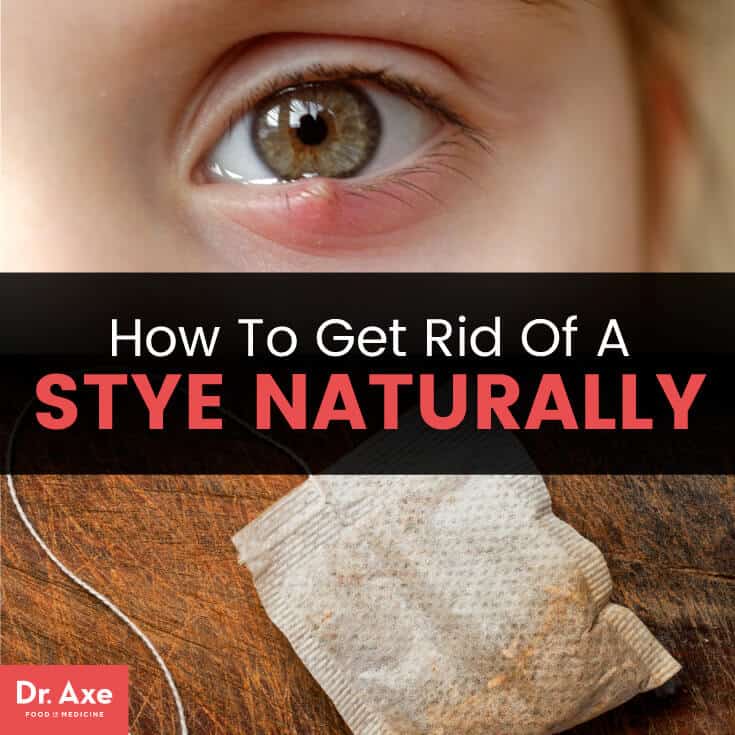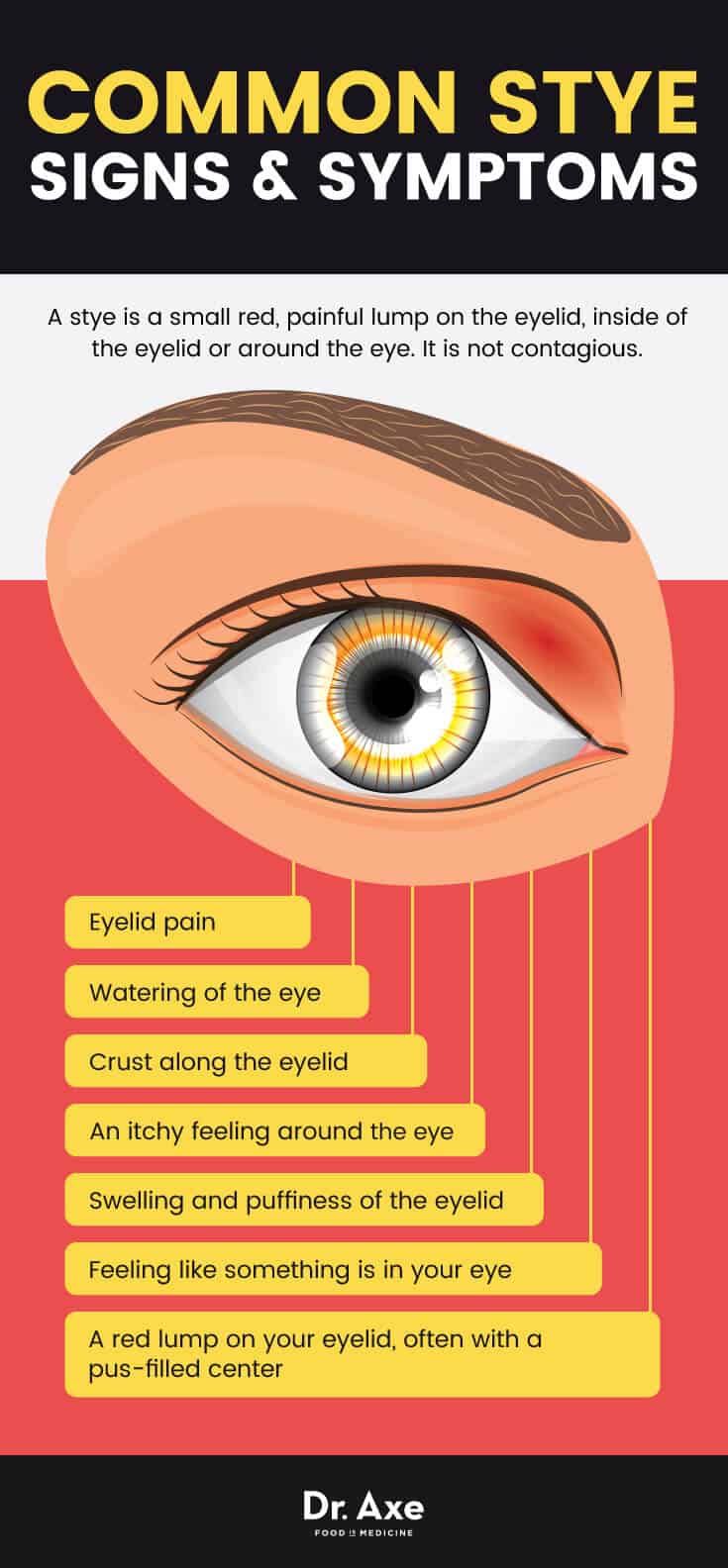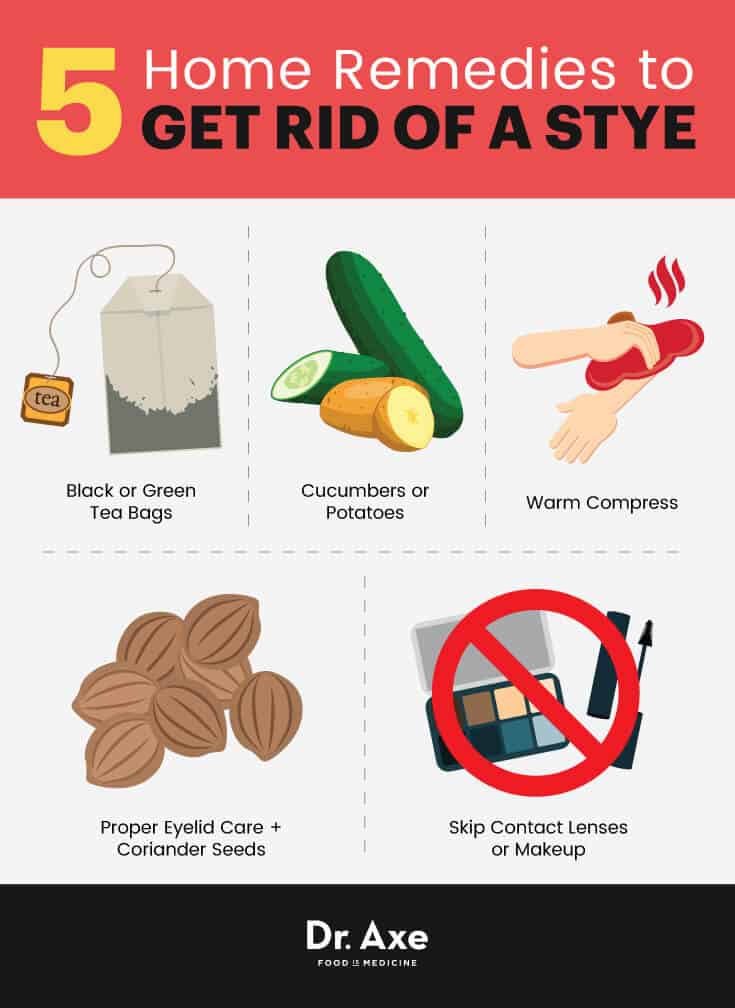How To Get Rid Of Eyelid Fat
Fact Checked
This Dr. Axe content is medically reviewed or fact checked to ensure factually accurate information.
With strict editorial sourcing guidelines, we only link to academic research institutions, reputable media sites and, when research is available, medically peer-reviewed studies. Note that the numbers in parentheses (1, 2, etc.) are clickable links to these studies.
The information in our articles is NOT intended to replace a one-on-one relationship with a qualified health care professional and is not intended as medical advice.
This article is based on scientific evidence, written by experts and fact checked by our trained editorial staff. Note that the numbers in parentheses (1, 2, etc.) are clickable links to medically peer-reviewed studies.
Our team includes licensed nutritionists and dietitians, certified health education specialists, as well as certified strength and conditioning specialists, personal trainers and corrective exercise specialists. Our team aims to be not only thorough with its research, but also objective and unbiased.
The information in our articles is NOT intended to replace a one-on-one relationship with a qualified health care professional and is not intended as medical advice.
How to Get Rid of a Stye
May 1, 2017

Are you wondering how to get rid of a stye in your eye? A stye is a tiny, tender bump that typically appears on the eyelid. Eye styes may not be very large, but they can be quite painful and most people don't enjoy the unwanted addition to their eye area.
While styes may not look or feel pleasant, they are actually quite common. The other great news is that they are seldom an indication of any other major health concerns. (1) Most styes go away within one to two weeks, but most people still want to know how to get rid of a stye on your eye and how do you get rid of a stye fast! I'm about to tell you some really easy, natural ways of how to get ride of eye styes starting today in the comfort of your own home.
Eye Stye Signs & Symptoms
Before we dive into how to get rid of a stye, also called a sty, let's talk more about what exactly is an eye stye? A stye is a small red, painful lump on the eyelid, inside of the eyelid or around the eye. Most styes occur near the edge of the eyelid and look very similar to a tiny pimple or boil. It's common for a stye to be filled with pus. Most people tend to only have one stye at time, but it's possible to have multiple styes at once. (2)
Do you have a stye? These are some of the most common stye symptoms: (3)
- A red lump on your eyelid (similar to a boil or a pimple) often with a pus-filled center
- Swelling and puffiness of the eyelid
- Eyelid pain
- Feeling like something is in your eye
- Crust along the eyelid
- An itchy feeling around the eye
- Watering of the eye
Are styes contagious? No, they are not. A stye is a localized inflammation. You cannot "catch" it from someone. (4)
An inflammatory eye condition known as a chalazion is sometimes confused with a stye. While an eye stye tends to be painful, a chalazion typically does not cause pain as a symptom. Chalazions also tend to be larger than the typical stye. So if you have a lump on your eye that is hard but not very painful, especially on the inner side of the eyelid, then it could be a chalazion. These are two different inflammatory eye conditions, but the treatment for how to get rid of a stye or a chalazion is similar, in case you were wondering. (5)

Stye Causes & Risk Factors
Why does anyone even get an eye stye in the first place? You are probably familiar with how a pimple develops on your face due to a clogged and irritated skin gland. There are also glands along your eyelid that can get clogged and infected. When this occurs, a stye forms. The bacteria that typically is linked with stye formation is called staphylococcus . (6)
How can the glands of your eyelid get clogged? Again, it's similar to a pimple on the face or body — things like dead skin cells, bacteria or oil can clog the glands. An interesting, yet not well-known, fact is that the oil glands of your eyelids normally produce an oil substance that combines with tears to keep our eyes moist and healthy. (7)
There are a few stye risk factors. First, the most common risk factor for stye formation is a sluggish outflow of sebum from the meibomian glands or tarsal glands. These are the glands that line the rim of the eyelids. People with a condition called meibomian gland dysfunction commonly have this suboptimal sebum flow from these glands. Additional risk factors for styes include obstruction of the gland's opening by scar tissue as the result of trauma, infections or burns . The eyelid's important glands can also get clogged by things like makeup and dust, especially when the eyelids are not properly cleansed regularly. (8)
Conventional Treatment for an Eye Stye
How do you get rid of a stye if you want to take the conventional route? Well, both conventional and natural approaches recommend warm compresses as well as keeping the eye area clean and clear by washing it, avoiding makeup and not using contacts while a stye is active.
When it comes to how to get rid of styes, a conventional doctor may also recommend a topical antibiotic cream or antibiotic eyedrops. If the infection still continues or gets worse, then your doctor may likely suggest taking antibiotics internally as well. In some situations, a doctor may surgically cut a stye and drain the pus for a very persistent stye. But, according to Mayo Clinic, most of the time a stye will just go away on its own and doesn't even require any specific treatment. (9)
Even though most styes are relatively harmless, they don't feel good and they don't look particularly good. I really want to encourage you to be patient with your stye, but if you have a stye at the moment you probably really want to know how to get rid of a stye overnight? Well, I can't promise that a stye will go away overnight even with consistent home treatment, but natural home remedies for a stye can certainly make it more bearable and can also encourage speedier healing.
Now, let's talk about how to get rid of a stye naturally in the comfort of your own home.

How to Get Rid of a Stye: 5 Stye Treatment Home Remedies
As much as a stye might look similar to a pimple, you absolutely do not want to squeeze it. As a stye heals, it will drain on its own with no intervention required. So how do you get rid of a stye naturally? There are quite a few very simple and inexpensive ways to get rid of a stye using home remedies.
1. Warm Compress
If left to its own devices, a stye usually heals and drains on its own. But, if you want to encourage the likelihood of quicker drainage and healing, then you can use a warm compress. Take a clean piece of cloth (like a washcloth) and wet it with warm water. Wring it out so it's not dripping wet and then simply place it over the eye with the stye. You can do this several times a day for 10 to 15 minutes at a time. With each warm compress session, you can re-wet the washcloth to keep the warmth factor up, but just make sure never to put a hot washcloth on the eye. The wet warmth of the compress will encourage drainage and speed up the healing process.(10)
2. Skip Contact Lenses or Makeup
While you're self-treating a stye and patiently waiting for it to go away, it's best to avoid wearing contacts or eye makeup until the stye has healed. I know it may be annoying to wear glasses if you're used to your contact lenses, but these lenses can be contaminated with bacteria that causes a stye. It's a smart idea to put in a brand new pair of contacts once your stye is all gone. It's also wise to replace eye makeup, especially mascara, after six months or less since bacteria can grow in makeup. (11) In general, you should also never go to sleep with eye makeup (or any makeup) still on for the sake of optimal eye health .
3. Proper Eyelid Care + Coriander Seeds
It's important to keep the eyelids clean to both treat and prevent a stye since bacteria causes a stye. It's recommended to gently wash your eyelid with a mild soap and warm (not hot) water. You also want to avoid rubbing your eyes, especially if your hands aren't clean, if you have a stye or want to make an effort not to get one. (12) Some sources also recommend using coriander seeds to make a tea-like liquid and then use this coriander liquid (once it has cooled down) to cleanse the eye. Coriander has antibacterial properties, so it makes sense that it could be helpful to a stye. (13)
4. Black or Green Tea
Similar to remedy #1 (a warm compress), you can also use a warm teabag on a stye. What kind of teabag? Typically a black tea bag is recommended because black tea is excellent at decreasing inflammation and it also has natural antibacterial abilities. A teabag of green tea is a good choice as well.
So after you have your morning cup of tea, you can simply place that teabag on the stye. If you're not a tea drinker then you can make a cup of black tea using boiling water, let it steep and then remove the tea bag. Once the teabag has cooled down, place it on your closed eyelid that has the stye. Similar to the warm compress, make sure the teabag is moist, but not dripping wet. Let the teabag rest over the area of your eye where you have the stye for about five to 10 minutes. Throw the teabag out after each use. (14)
5. Cucumbers or Potatoes
When you have a stye, putting something cool and refreshing on your eyelids can really make the stye less bothersome. Cold cucumber slices are perfect for providing cool moisture that help decrease inflammation and irritation. Simply slice a cucumber that has been in the refrigerator and put a slice on the problem eye for ten minutes or so. If you don't have a cucumber, a slice of potato can work well too.
Stye Caution
See your doctor for a stye if any of the following is true: (15)
- Your stye has not improved after a few days.
- You have waited a few days and your stye has gotten worse.
- You are experiencing pain in your eye rather than just your eyelid.
- Your eyelid has swelled, turning very red in color and won't open completely.
- Redness and swelling extend beyond your eyelid and involve your cheek or other parts of your face.
- You are having vision trouble along with your stye.
- You are experiencing a common reoccurrence of styes.
Final Thoughts on Stye Treatment
Now you know a lot more about how to get rid of a stye. You basically can help the natural process along because most styes don't require much intervention. However, most people don't like staring at a stye in the mirror day after day for weeks and they want to do something! I get it. Having a stye is unpleasant, but most of the time it will go away quickly with these natural home remedies plus a dose of patience. If for some reason your stye does not improve or gets worse, then it is a good idea to see your doctor.
Read Next: 6 Natural Treatments for Pink Eye Symptoms
How To Get Rid Of Eyelid Fat
Source: https://draxe.com/health/how-to-get-rid-of-a-stye/
Posted by: mashburnbremand.blogspot.com

0 Response to "How To Get Rid Of Eyelid Fat"
Post a Comment